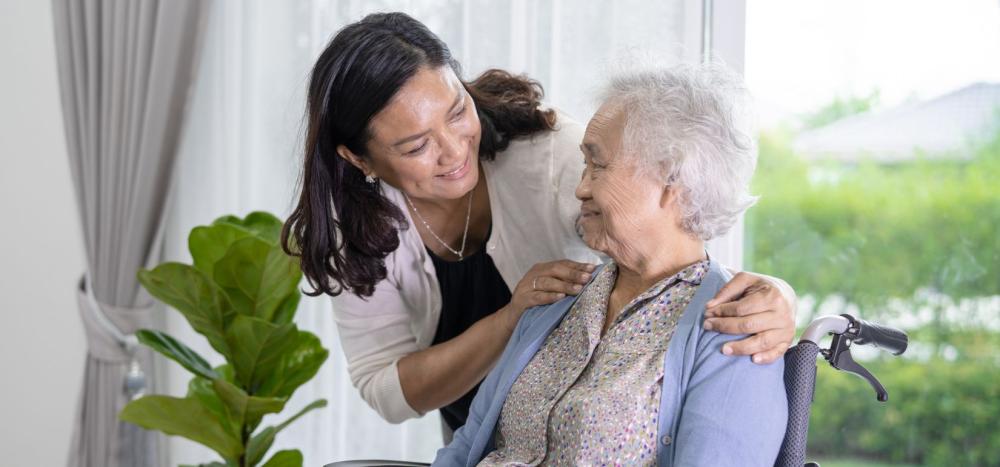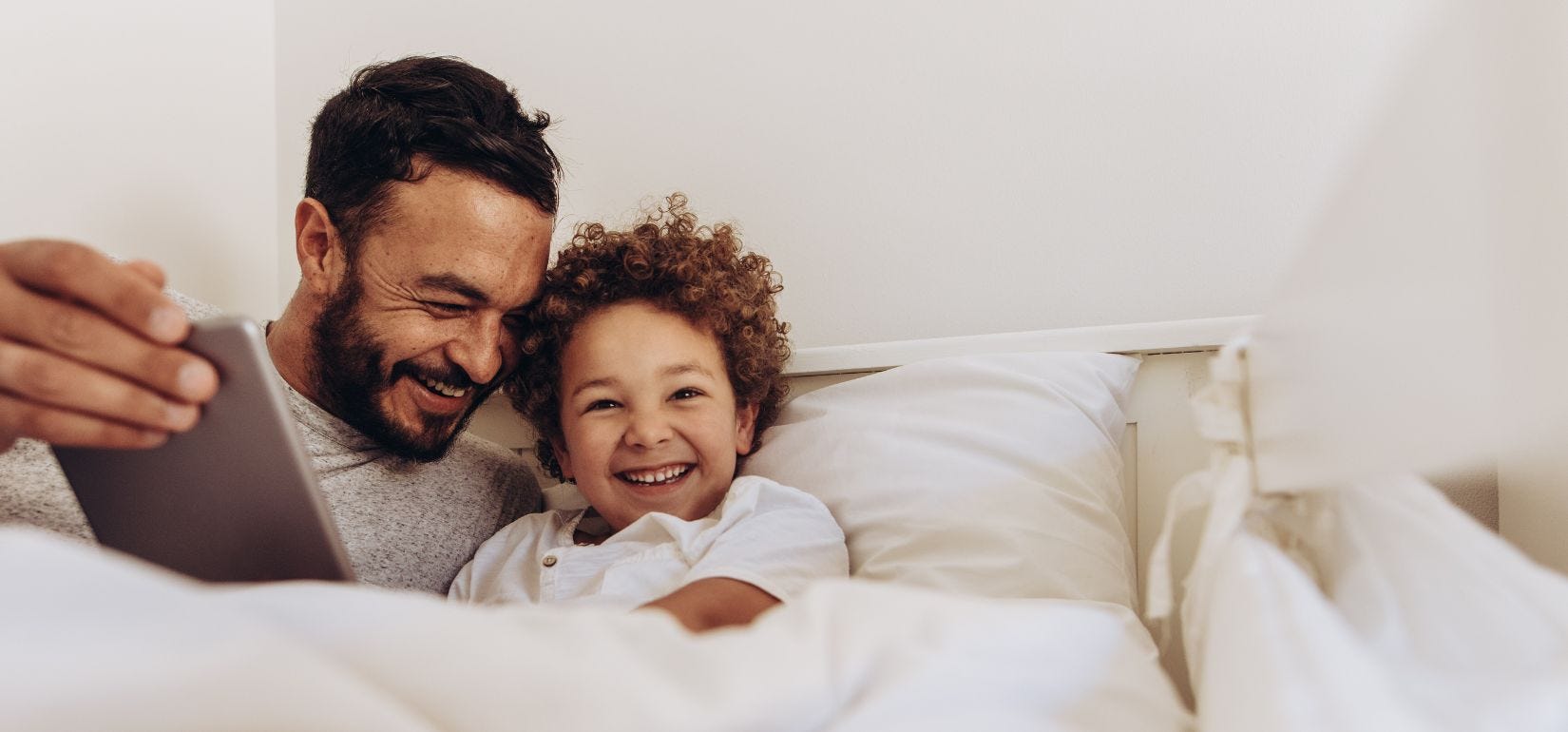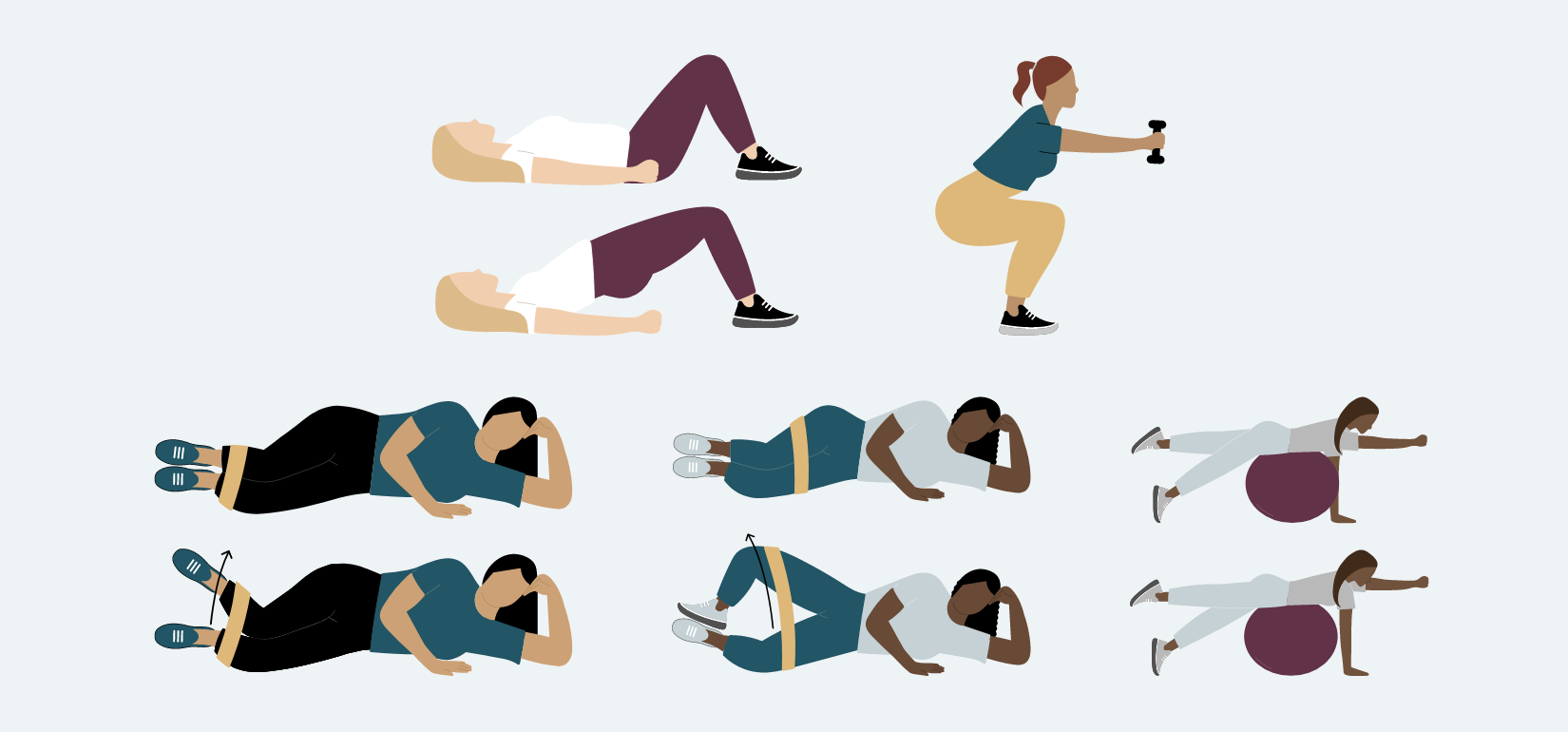Asking for help has the potential to be uncomfortable, especially when it comes to adult incontinence. You don’t want your family to worry about you, but handling urinary incontinence on your own can quickly become overwhelming. Once you ask for assistance for your condition, a majority of stress and anxiety can be alleviated to take your life back.
How to Ask for Help
Use these tips to ask for help with geriatric incontinence.
1. Do Some Research
It can be beneficial to research your symptoms online but with a level head on your shoulders. Only trust information from your doctor. Do not become paranoid or diagnose yourself. Do not trust information from unreputable websites.
That being said, reading about incontinence can help you learn about some of the terms, urinary incontinence causes, and solutions. This way you won’t be completely left in the dark. You may also find comfort in discovering just how common urinary disorders are.
For example:
Check Your Eligibility
2 Easy Steps
Discover the continence care essentials available through your Medicaid plan.
2. Ask a Loved One for Assistance
The last thing you want to do is tell your significant other, friend, or children about your bathroom life, but they might be able to help. You don’t need to tell everyone, but it can be beneficial to confide in the one person you trust the most.
Ask them to come over for dinner or sit in a cafe with a quiet booth to discuss the symptoms you’ve been experiencing. They may be able to provide incontinence care by helping you discover which doctor to see, navigating your insurance coverage, providing support, and much more.
You don’t have to struggle with incontinence alone! It’s much easier once stress and anxiety are relieved by having a helping hand.


- One in five adults over the age of 40 struggles with a urinary disorder.
- Over 50% of people living in assisted care facilities struggle with incontinence.
Learning about incontinence can help you learn about the potential risks, such as getting an infection from not cleaning yourself up after an accident, falling if you rush through a room to the restroom, or conditions that untreated incontinence may contribute to such as benign prostate hyperplasia (BPH).
3. See Your Healthcare Provider
As soon as you start experiencing incontinence symptoms, visit your doctor to see if they can put a urinary incontinence treatment plan together. Often times you’ll be referred to a urologist to see exactly what might be causing the issue.
Stress tests where you cough or laugh to see if your bladder leaks may be performed as well as tests to determine how long you can hold your urine. Keeping a diary to track your symptoms during the few days leading up to your appointment may help your doctor create a personalized incontinence treatment plan.
In some cases, incontinence can be cured by:
- Simple surgery.
- Strengthening your pelvic muscles.
- Making healthier lifestyle choices.
- Taking medication.
- Using an insertable device.
However, if your incontinence can only be managed you may need to regularly use incontinence products to remain sanitary and dry.
4. Be Proactive
There are a few steps you can take in order to reduce geriatric incontinence symptoms on a daily basis by planning ahead and by making a few simple lifestyle adjustments, such as:
- Practicing timed voiding by going to the restroom every two to three hours instead of simply waiting for the urge to strike.
- Extending the amount of time between bathroom visits by holding your urine for extended periods of time. Start by holding it for five minutes and gradually add another five minutes every few days.


5. Clean Up Your Diet
You can decrease incontinence symptoms by monitoring what and how much you consume. Avoid:
- Acholic beverages.
- Caffeine
- Spicy foods.
- Processed sugar.
Instead, enjoy the following for nutrition and fiber:
- Plenty of water.
- Fruits
- Vegetables
6. Get Active!
Start walking, swimming, biking, or using an elliptical to try and get about 30 minutes of aerobic exercise every few days to reduce stress on your bowels. If your mobility is limited try connecting with a physical therapist.
7. Be Prepared for Accidents.
In your bag, you should always have the following items in your bag in case an accident occurs when you're away from home:
- Pull-ups.
- Sanitary wipes.
- Deodorizing powder.
- Sanitizer
- A change of clothes.


8. Make It Easier to Get to the Restroom On Time
- Wear clothes that are easy to remove.
- Avoid items with complicated buttons or zippers.
- Move furniture and obstacles out of the way to make clear paths to the bathroom from popular areas such as the bed or living room.
- Install safety equipment such as rails or raised toilet seats to help you lower yourself on the toilet.
9. Learn How to Save Money on Supplies!
A monthly supply of adult diapers and other incontinence products might take a toll on your expenses, but they’re necessary to maintain your quality of life. But you might be able to save by qualifying to receive geriatric incontinence supplies through insurance.
By connecting with us, you’ll be matched with one professionally trained representative to navigate your insurance coverage and match you with the best items suited for your personal needs. Then they will be shipped directly to your home on a monthly basis in discrete packaging, eliminating the need to having to purchase incontinence supplies in your local department store.
Your representative serve will serve as a persona you can trust and confide in to help manage your incontinence, which is why they’ll check in with you on a monthly basis to see if you need to make any changes to your products. For example, you’ll need to change sizes with weight loss or gain and may need a more absorbent product.
To see if you qualify today, fill out our Eligibility Form!
You don’t have to battle geriatric incontinence alone. There are ways to manage the condition while maintaining your independence. Connecting with your doctor, a loved one, and the correct incontinence supplies are the first steps involved with regaining control.
Disclaimer
Information provided on the Aeroflow Urology blog is not intended as a substitute to medical advice or care. Aeroflow recommends consulting your healthcare provider if you are experiencing medical issues relating to incontinence.







